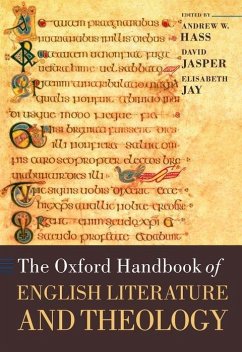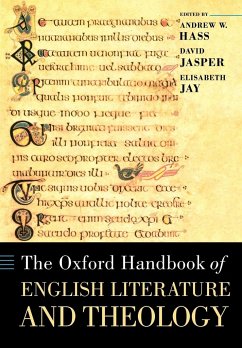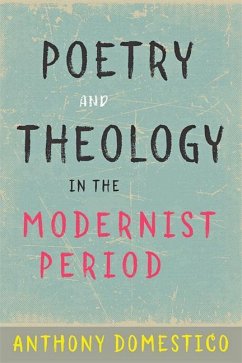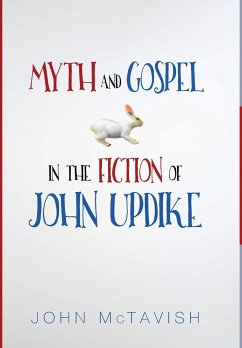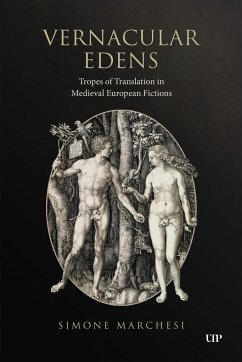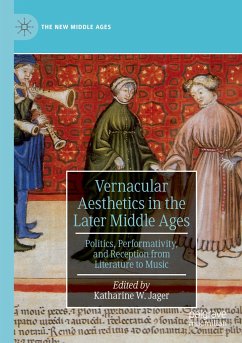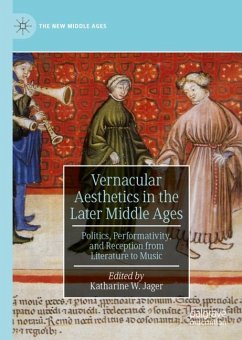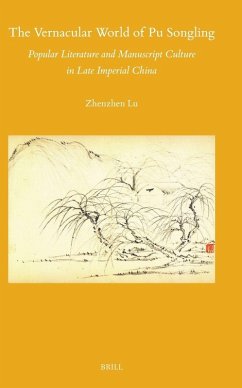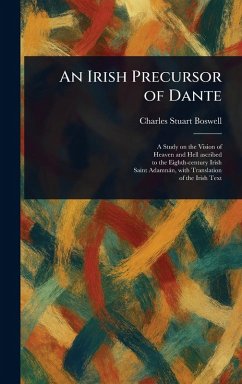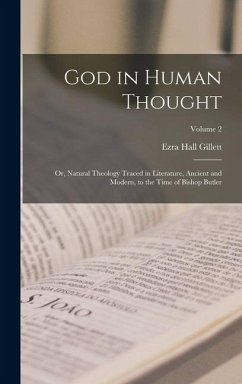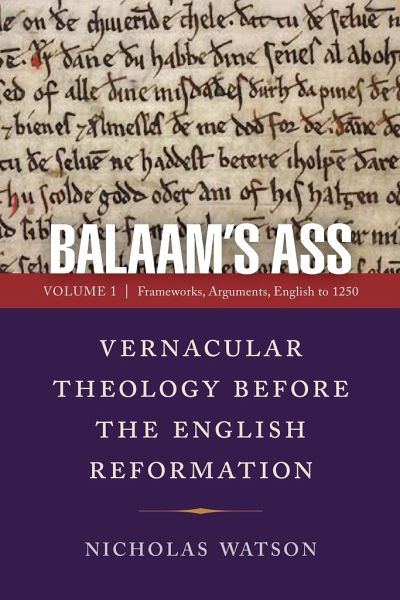
Balaam's Ass: Vernacular Theology Before the English Reformation
Volume 1: Frameworks, Arguments, English to 1250
Versandkostenfrei!
Versandfertig in über 4 Wochen
82,99 €
inkl. MwSt.

PAYBACK Punkte
41 °P sammeln!
"Drawing on the labors of generations of editors and engaging synthetically with old and new scholarship in a number of fields, the three volumes of this book make a concerted effort to address this situation, and, if this can in fact be done, to help begin to dislodge it. This project is carried out in several stages. The present volume opens in the medieval period, explaining the relationship between its title and its topic, setting out its premises, and offering a brief overview of the early English and broader European history of the terminology and idea of the vernacular. However, four of...
"Drawing on the labors of generations of editors and engaging synthetically with old and new scholarship in a number of fields, the three volumes of this book make a concerted effort to address this situation, and, if this can in fact be done, to help begin to dislodge it. This project is carried out in several stages. The present volume opens in the medieval period, explaining the relationship between its title and its topic, setting out its premises, and offering a brief overview of the early English and broader European history of the terminology and idea of the vernacular. However, four of its first five chapters are set in the early modern and modern periods. These chapters explore the polemical but also structural role played by the medieval vernacular in the two opposed narratives about the Catholic Middle Ages and its Protestant repudiation that grew up out of the sixteenth-century reformations, and the strangely mutated forms in which these two narratives still survive, both for the few who study the period and the vast majority who do not. Because the staying power of these narratives makes a phenomenon that spans centuries, languages, and genres hard to see, let alone discuss as a coherent whole, five more chapters are then devoted to building the conceptual framework on which the rest of the book depends. Only then, at the half way point of the first volume, does the book begin a detailed investigation of the nature and significance of this phenomenon, and of some number of the many dozens of genres and thousands of individual writings, addressed to different audiences, from which it is made. The final two groups of chapters in this volume and all of its successor undertake the first and longer phase of this investigation. Working forwards in time, although with a good number of backward eddies and criss-crossings of centuries, this part of the book builds a stage-by-stage account of how the writings that make up the medieval English vernacular religious archive were produced, the roles they played during the periods in which they were copied and used, and the processes by which they were displaced by new bodies of texts, in different genres, languages, or orthographic systems. This account also maps the changing attitudes of these texts towards Christian belief and teaching, political theology, Church governance, and the vernacular itself"--




